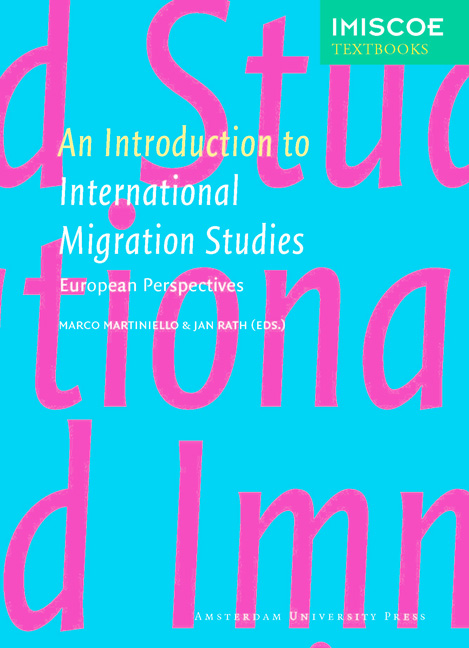8 - Guest Worker Migration in Post-War Europe (1946-1974): An Analytical Appraisal
Published online by Cambridge University Press: 14 January 2021
Summary
Introduction
This chapter examines the migration of labourers in post-war Europe, both officially recruited labourers and those who arrived on their own. Following the Second World War, Western European countries began the reconstruction of their economies. For sectors where labour was in short supply, they recruited foreign workers from Southern Europe, primarily Italians. However, what began as recruitment on a small scale soon burgeoned into a new international labour migration that would last more than a quarter of a century. With some shrinkage in times of recession, this movement grew consistently in volume and came to include labourers from North Africa and, for the first time, Turkey as well. By the time recruitment ended in 1973-1974, more than 5.7 million migrant workers were employed in seven countries alone: Austria, Belgium, France, Germany, the Netherlands, Sweden and Switzerland (Lohrmann 1976: 230-232; Böhning 1979: 401; Werner 1986: 544). Estimates suggest that between 1945 and 1974, the number of foreign workers and their dependants who entered Western Europe was ‘something like 30 million’ (Castles 1984: 1), returnees included. This was one of the largest movements of its kind in modern history, contributing to irrevocable changes in the ethnic, cultural and religious composition of Western European populations.
This chapter first considers the historical background of guest worker migration in Europe and the context within which it was resumed in the aftermath of the Second World War. It then looks at receiving countries’ policies for the recruitment of foreign labour. Why and how did the labour supply from Southern Europe become insufficient in relation to demand from the North? Why was recruitment extended to Turkey and to North African countries such as Morocco, Algeria and Tunisia? The chapter also addresses the major components of the guest worker system and its limits. Finally, it examines demand-supply relations in the labour market of each of the receiving countries and sectors of employment for migrant workers, critically evaluating some assessments of prior studies.
Historical background and the period up to 1960
The Western European practice of recruiting large numbers of foreign workers did not begin with post-war guest worker migrations.
- Type
- Chapter
- Information
- An Introduction to International Migration StudiesEuropean Perspectives, pp. 181 - 210Publisher: Amsterdam University PressPrint publication year: 2012



